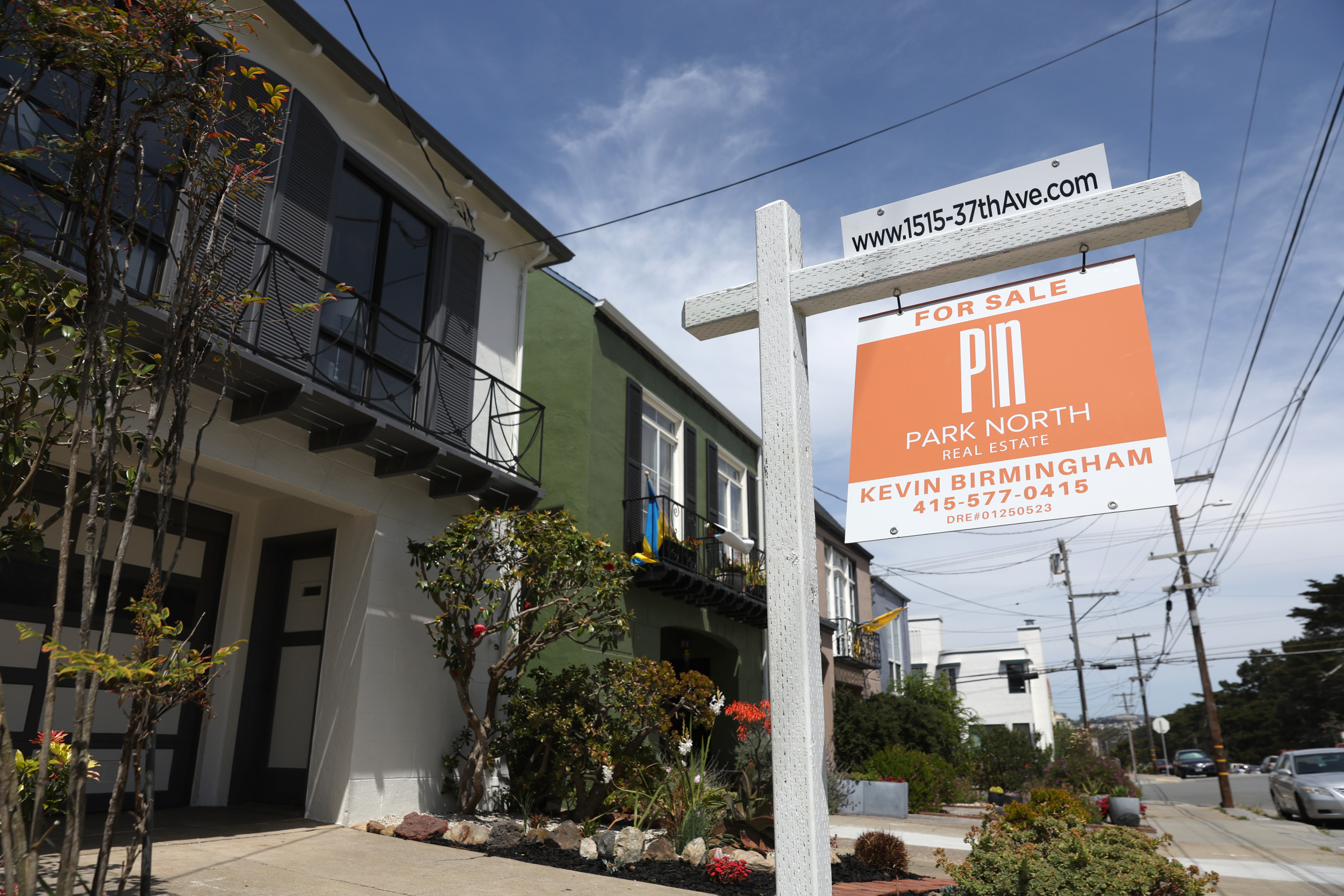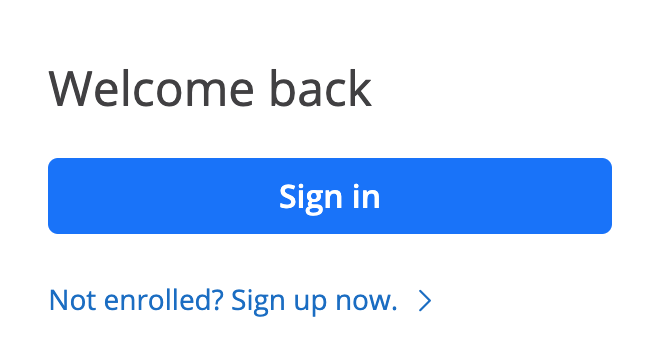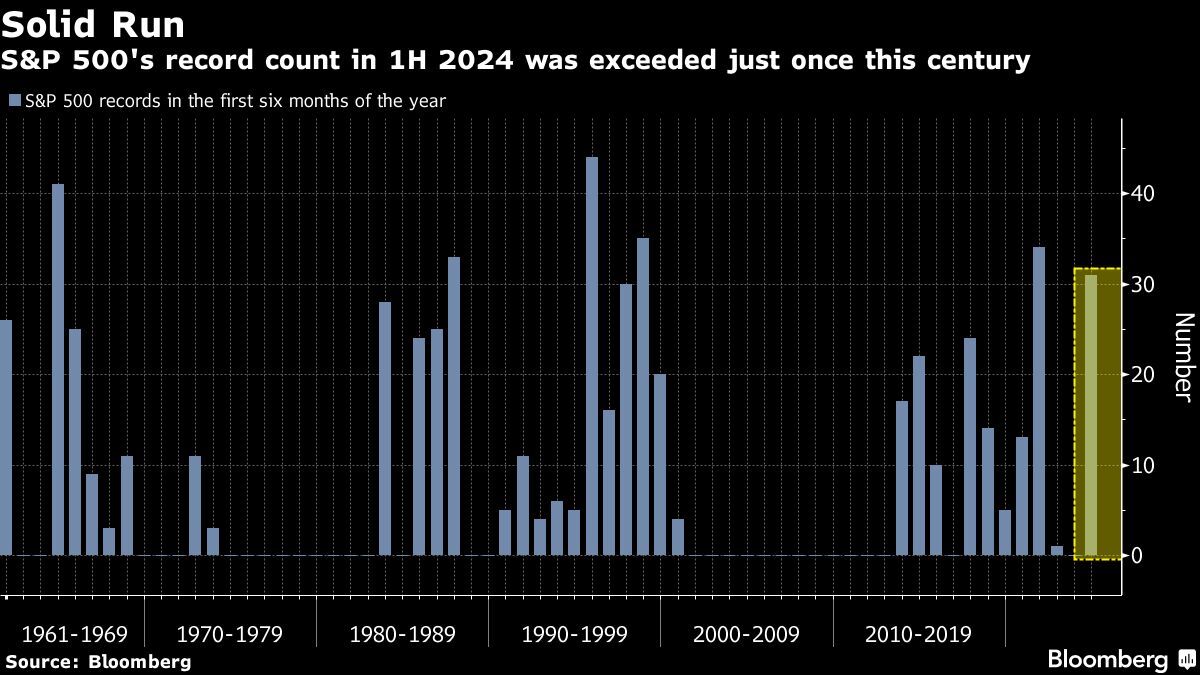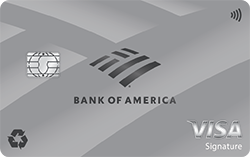
1031 EXCHANGE: RULES AND WHAT TO KNOW
Vault’s Viewpoint on a 1031 Exchange
- A 1031 exchange helps you postpone capital gains tax on the sale of an investment property or business by using the proceeds to buy a similar property.
- For this tax-deferral strategy to work, you must meet specific criteria and follow certain rules set forth by the IRS.
- A 1031 exchange doesn’t mean you never have to pay capital gains tax. It just postpones it.
What Is a 1031 Exchange?
Whenever you sell an investment property and have a gain, you have to pay taxes on the gain at the time of sale. Section 1031 of the Internal Revenue Code provides an exception and allows you to postpone paying taxes on the gain as long as you use the proceeds to buy a similar property. This is known as a 1031 exchange.
Simply put, a 1031 exchange allows you to defer paying capital gains tax on an investment property when it’s sold, provided that another similar (like-kind) property is purchased with the profit gained from the sale. To successfully complete a 1031 exchange, you must follow specific rules and timelines. For example, the replacement property must be identified within 45 days of the sale of the original property, and the exchange must be completed within 180 days.
How Does a 1031 Exchange Work?
A 1031 exchange can be complicated, so always consult a qualified tax professional to guide you through the process. You can also familiarize yourself with the rules and requirements by reading IRS Publication 544.
Here’s a simplified version of how a 1031 exchange works and the steps involved if you think you could benefit from it:
- Identify the property you want to sell. You can only use a 1031 exchange for business or investment properties. In other words, the property must be held for productive use in a trade, business or investment—not for personal use.
- Identify potential replacement properties. Next, you’ll begin searching for a like-kind property to replace the one you’re selling, and you must identify a potential replacement within 45 days of selling your original property. Like-kind properties are properties of the same nature or character (meaning both are investment or business properties), even if they differ in grade or quality.
- Choose a qualified intermediary. A mandatory step you must take before selling your existing property is hiring a qualified intermediary (QI). This is important since you can’t touch the money between the sale and the purchase of the new property. If you do, you’ll incur income tax, defeating the purpose of a 1031 exchange. Make sure you don’t receive cash prematurely, and work with a QI who’ll hold the funds in escrow for you until the exchange is complete.
- List your property for sale. Once you’ve found a qualified intermediary to work with, you’ll list your property for sale. After you’ve sold your property, the proceeds will go directly to the QI.
- Purchase the replacement property. You have 180 days to purchase the replacement property from the date you sold your initial property. To complete the transaction, your QI will transfer the funds from the initial sale to the seller of the replacement property.
- Tell the IRS about your transaction. The last step in the 1031 exchange process is to notify the IRS of the exchange and let them know what properties you sold and purchased. To do so, you’ll include Form 8824 in your tax return when you file your taxes for that year.
Types of 1031 Exchanges
The four most common types of 1031 exchanges are deferred, reverse, simultaneous and improvement. Here’s how each of them works.
Deferred Exchange
A deferred exchange, also known as a delayed exchange, is the most common type of 1031 exchange since it gives you more time to find the right property and complete the transaction. With this method, you have 45 days to find a replacement property after selling your existing property. You then have 180 days to close on the replacement property.
Improvement Exchange
An improvement exchange allows you to use the profit from the sale of your existing property to fund improvements to a new property. Improvement 1031 exchange transactions can be pretty complex, so always consult a tax pro before entering into one of these transactions.
Reverse Exchange
A reverse exchange is the opposite of a delayed exchange; you buy the replacement property before selling your existing property. This can be useful if you must close on the replacement property before you can sell your real estate. However, financing a reverse exchange can be tricky since you’ll need to come up with the cash to purchase the replacement property first.
Simultaneous Exchange
A simultaneous exchange is the most straightforward type of 1031 exchange since you sell your existing property and buy the new one on the same day. It’s often referred to as a “drop-and-swap” exchange.
1031 Exchange Rules and Timelines
The 1031 exchange process comes with pretty strict rules, timelines and requirements that you must follow for it to work.
- The 45-day identification period. One of the most important rules to note is that once a 1031 exchange has begun, you must identify at least one replacement property within 45 days of closing on the sale of the original property. If you can’t find any replacement properties within 45 days, you’ll have no assets eligible for the exchange, and you’ll have to pay capital gains tax on the initial property you sold.
- The 180-day purchase period. The second significant timeline is the 180-day purchase period. This period starts from the date you sell your relinquished property and lasts for 180 days—or 135 days following the 45-day identification period. During these 180 days, you have to close on the properties identified in the previous step.
- You still have to pay taxes at some point. A 1031 exchange doesn’t eliminate capital gains tax. It only postpones it. This means you still have to pay your capital gains tax bill at some point, so you’ll want to financially prepare for that. One exception is if the investment property remains unsold when you pass away. In this case, your heirs may be able to avoid the tax implications via a stepped-up cost basis.
- Your qualified intermediary can’t just be anyone. Your qualified intermediary must be an independent third party that’s not associated with you in any way, so they can’t just be your relative or employee. You can find a QI through the Federation of Exchange Accommodators, which can connect you with a local expert.
- No personal use is allowed. Personal residences don’t qualify for a 1031 exchange since you live in that home and don’t use it for investment purposes. Only properties held for productive use in a trade, business or investment will qualify for this tax-deferral strategy.
- Full reinvestment is required to defer all taxes. If you want to fully defer your capital gains tax, you have to reinvest all proceeds from the property you sold into the purchase of the new property. If you keep some of the proceeds without reinvesting them, you may need to pay capital gains tax now.
Example of a 1031 Exchange
Consider Jane, who owns a rental property valued at $1.5 million, which she initially purchased for $1 million. Now, Jane wants to diversify her portfolio by acquiring a retail space in Miami, Florida, worth $1.6 million. She decides to use a 1031 exchange.
By selling her $1.5 million rental property and reinvesting the proceeds into the $1.6 million “like-kind” property through a qualified intermediary, she can defer taxes on the $500,000 gain. For this method to work, she must complete the purchase of the retail space within 180 days of selling her rental property.
Despite changing her investment from residential real estate to commercial property, this transaction qualifies as a like-kind exchange since it involves similar types of assets.
How to Report a 1031 Exchanges to the IRS
To report a 1031 exchange to the IRS, you’ll have to complete Form 8824 and file it along with your federal income tax return for the year in which the exchange occurred. If you fail to report it on your tax return, you may incur hefty taxes, penalties and interest on your transactions. Here’s what Form 8824 asks for:
- Descriptions of the exchanged properties
- Dates when the properties were identified and transferred
- The relationship between the parties involved in the exchange
- Value of the like-kind and other property received
- Gain or loss on sale of other (non-like-kind) property given up
- Cash received or paid; liabilities relieved or assumed
- The adjusted basis of the like-kind real property you gave up
Frequently Asked Questions
How Soon After a 1031 Exchange Can You Sell?
There’s no standard minimum holding period for a 1031 exchange property, but many tax advisers recommend holding the property for at least one to two years before selling it to avoid scrutiny from the IRS.
How Many Times Can You Do a 1031 Exchange?
Provided that you follow the rules and regulations outlined by the Internal Revenue Code, there’s no limit on how frequently you can do 1031 exchanges.
Can You Do a 1031 Exchange on a Second Home?
1031 exchanges only allow you to defer capital gains taxes on an investment property when it’s sold. Second homes, like vacation homes, won’t qualify for a 1031 exchange unless you rent it out to generate income.
What Are the Risks of a 1031 Exchange?
One of the biggest risks of a 1031 exchange is that if you fail to follow any of the timeframe rules, your exchange can be disqualified, and you’ll owe capital gains taxes on the entire transaction.
Do You Eventually Pay Taxes on a 1031 Exchange?
Yes. A tax bill will eventually come due when you sell the replacement property and don’t reinvest the proceeds into a new property with another 1031 exchange. The only way to avoid paying taxes on a 1031 exchange is if you pass away without selling the property. In this case, your heirs will typically not be expected to pay the tax that you postponed paying.
The post 1031 Exchange: Rules and What to Know first appeared on Newsweek Vault.
2024-06-27T19:39:07Z dg43tfdfdgfd











